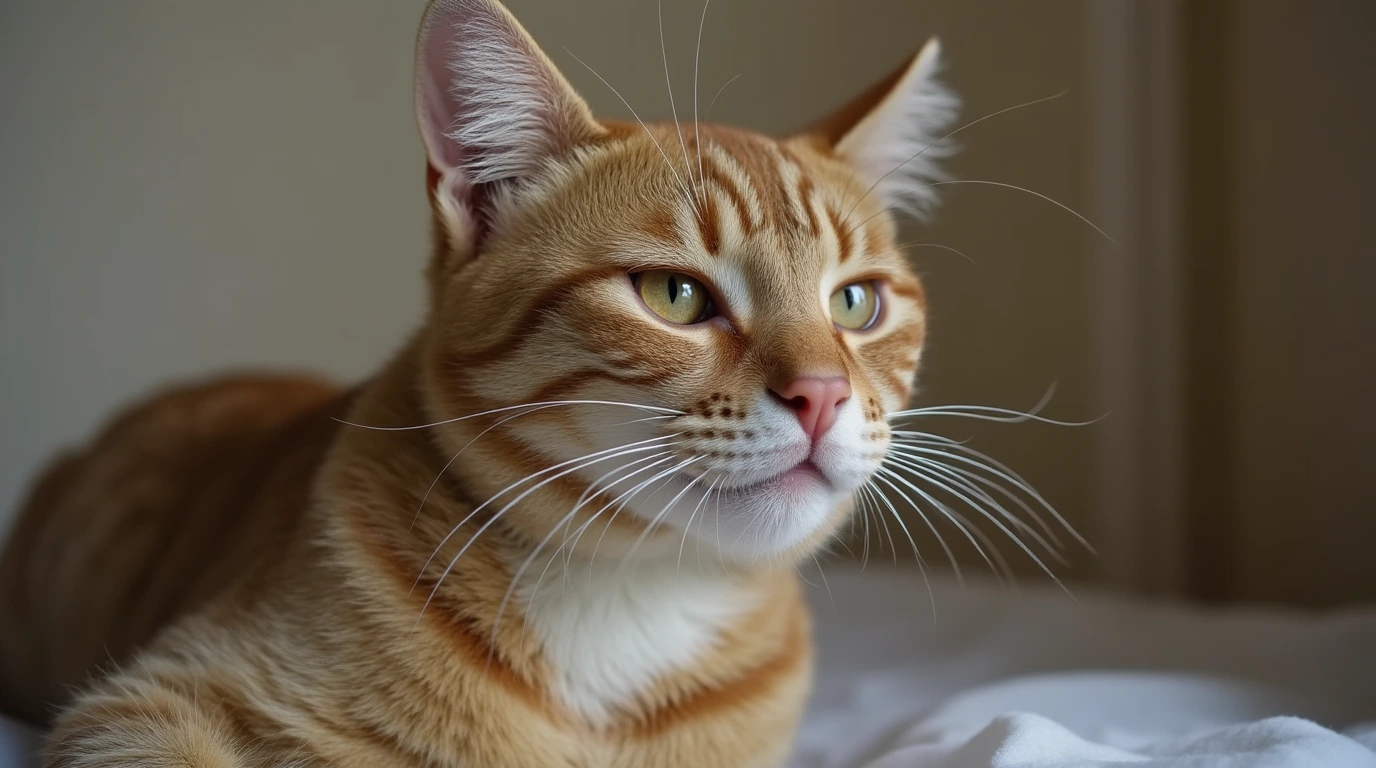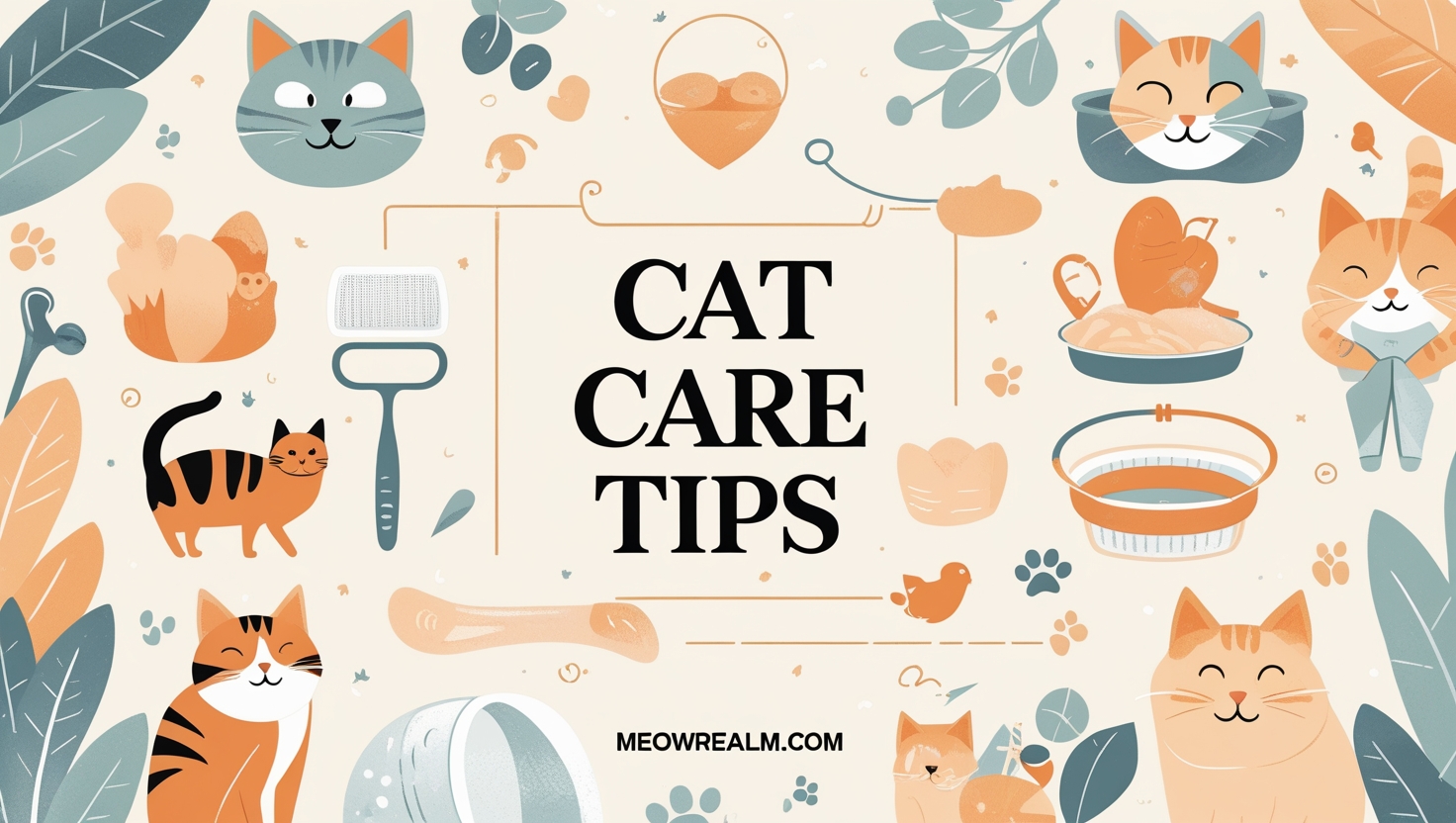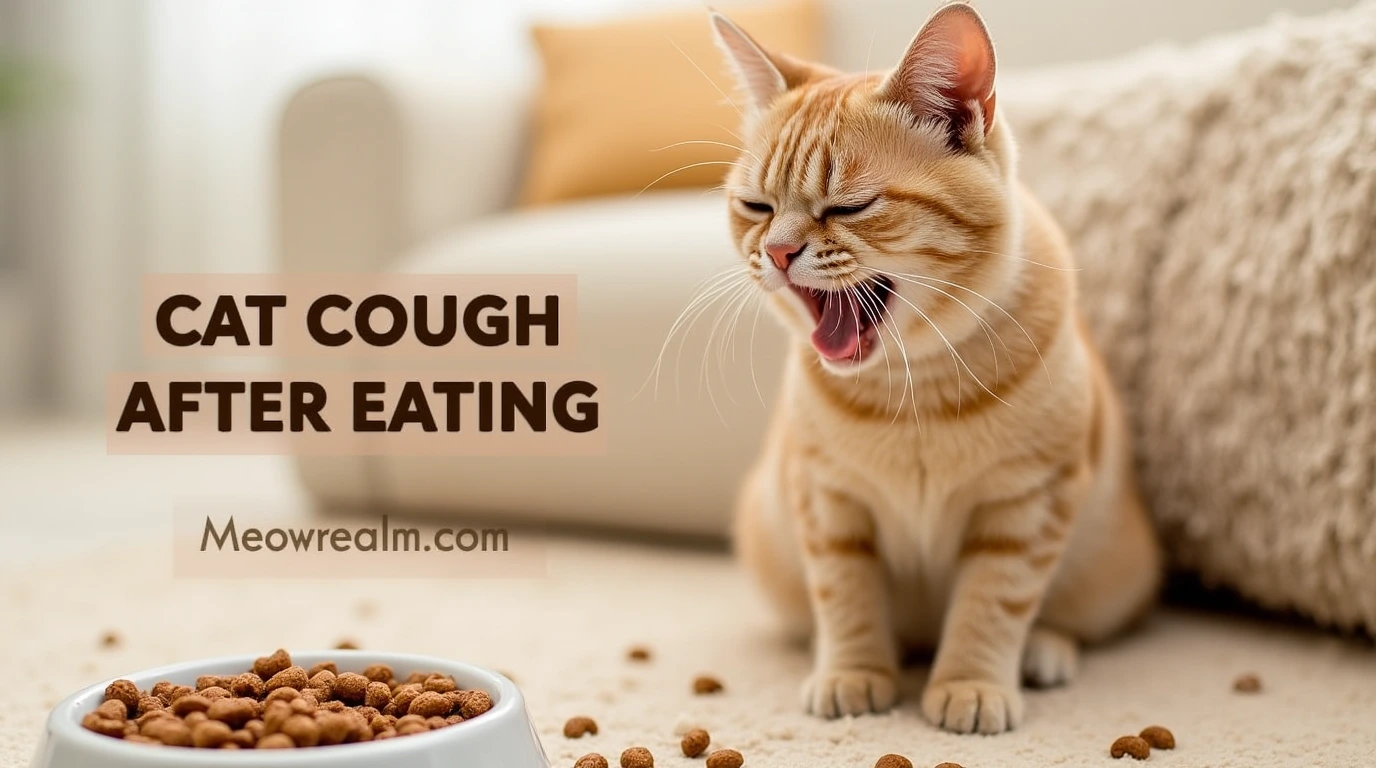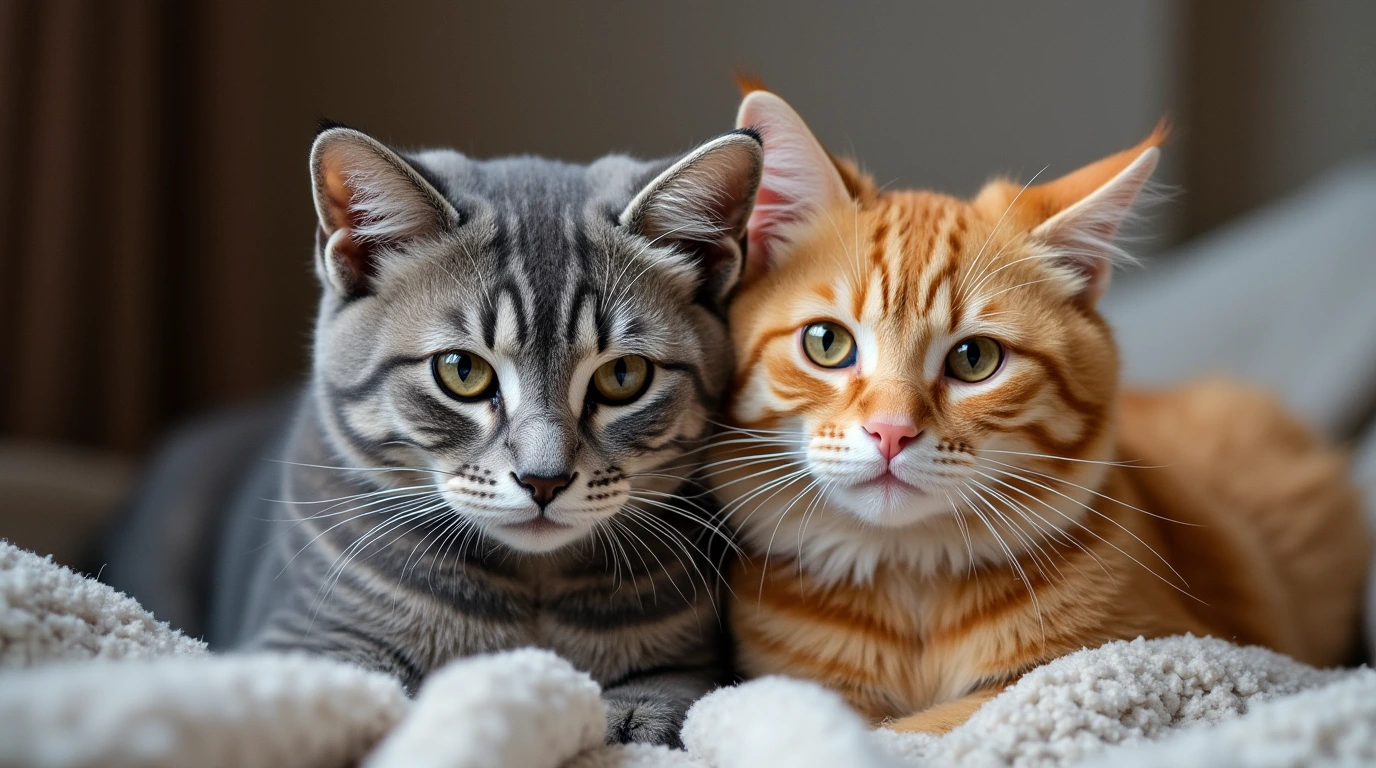can i get my cat sick 5 Surprising Times You Might Get Your Cat Sick (And How to Avoid It)
Okay, let’s be honest — if you’re anything like me, your cat is basically your child. Or your roommate. Or both. Either way, they’re part of the family, and when you get sick, there’s always that moment of panic where you look over at your furball curled up in the laundry basket and wonder… “Wait, … Read more




